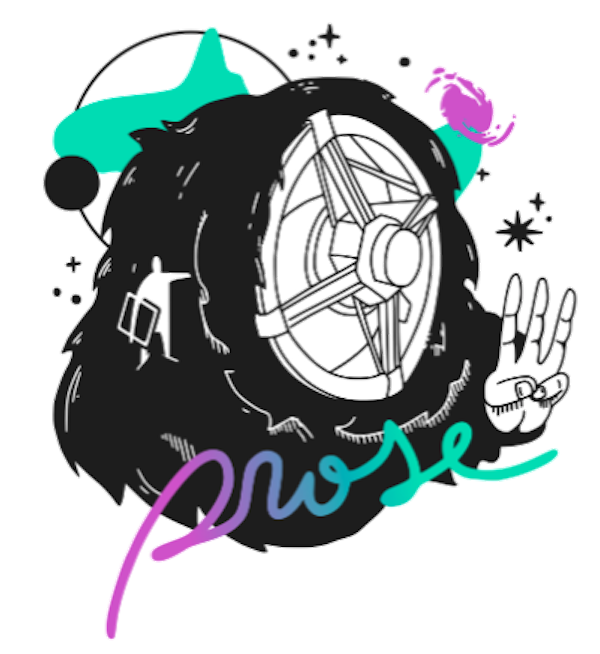
- Este evento ha pasado.
PySnack 10: PROSE

PySnacks
Within the Severo Ochoa Training Initiative of the IAA-CSIC we are offering short introductory practical courses about Python packages for astrophysical applications (PySnacks). We invite you to participate in the 4h course PySnack 10: PROSE
Abstract
Approximately 75% of known exoplanets have been discovered by identifying transit signals in the light curves of their host stars. These discoveries start with the acquisition of raw images of the sky, followed by the extraction of stellar time-series photometry. In this workshop, we will process ground-based observations of the star TRAPPIST-1 to replicate the detection of its first exoplanet transit using original data from the TRAPPIST telescope. Participants will learn to calibrate raw images and extract TRAPPIST-1’s light curve using prose, a Python package designed for modular image processing in astronomy. Finally, we will apply nuance, a detection algorithm tailored for identifying transits in noisy datasets.
Overall, participants will gain hands-on experience in image calibration, light curve extraction, and transit detection, along with practical skills in using Python tools for astronomical data analysis.
